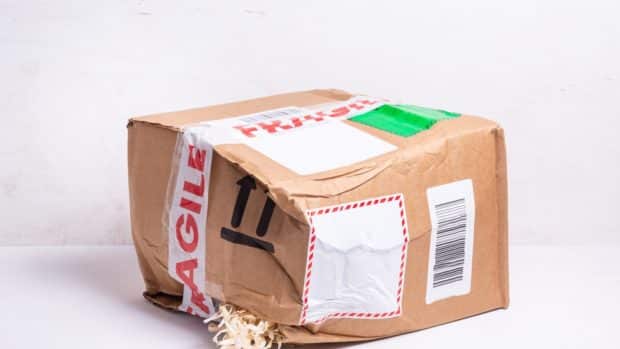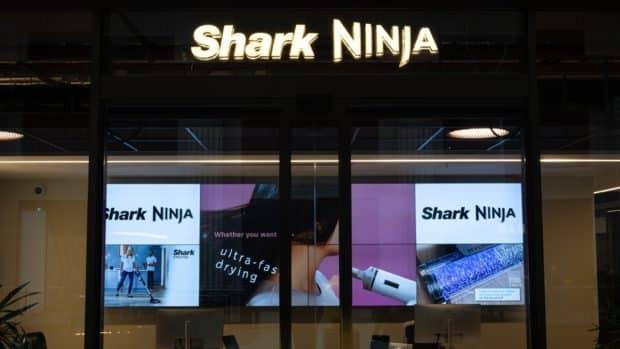Alibaba Group’s debut on the New York Stock Exchange fuelled colossal demand for share as investors clamoured to secure a piece of this highly successful Chinese business. A small group of institutions took some 50 per cent of the shares. This included early investors. For the further 1,800 funds which vied to acquire stock, only half were successful with most securing a very small percentage of the number of shares they had bid for. Unsurprisingly in the light of such strong demand the share price surged on its Friday debut giving Alibaba a market value of an astonishing US $230 billion. Not bad for a business founded just 15 years ago by an English teacher in his modest Hangzhou flat.
Alibaba, of course, is known to have some 80 per cent of online retail trading in China flowing through its portals. This coupled with its somewhat audacious entry into the US market, where it is planning to compete with homegrown giants like Amazon and eBay, make Alibaba a significant force to be reckoned with. It also provides some assurance for investors as, due to China’s foreign investment rules, investors cannot own Alibaba’s Chinese assets directly. Alibaba has also managed to insist that it will have the right choose the majority of its board of directors which is unusual, to say the least. However this is Alibaba – a business which has the potential to open the doors for all western businesses wanting to sell to Chinese consumers.
For most retailers – in the US and here in Europe, the primary experience of China has come via product sourcing and many depend upon factories in mainland China for a significant proportion of their inventory. Some have also found to their cost that protecting their designs from being cheaply copied, and flooded onto the grey market, by less scrupulous manufacturers and agents is an ongoing battle in a country which offers scant protection for the unwary. China retains its cloak of mystery even now in 2014. The Chinese government exercises tight control to prevent “foreign” businesses from gaining a toe-hold, yet the newly affluent Chinese consumers are increasingly hungry for western brands.
The tides are turning. In London, in New York, In Los Angeles, in Paris, in Rome, young affluent Chinese consumers are storming upmarket stores and clearing the shelves and rails of coveted authentic merchandise. Smart retailers are employing multi-lingual personal shoppers and sales assistants to make these cash rich shoppers feel at home, as well as stockingmore petite and smaller sizes for their new clientele. In the main cities of China demand has seen a steady flow of top British, European and American brands open franchised stores or concessions – and Chinese investment funds are chasing after prestigious Western brands – whether department store chains, like House of Fraser, for example, or designer fashion brands. The world has become a much smaller place.
Alibaba, with its 80 per cent share of the online market in a country in which few outsiders have the connections or local knowledge to target independently, has a massive opportunity to take British, European and American brands to Chinese consumers. Its Chinese manufacturers and merchants also now have the potential to sell direct to American consumers – one at a time – via Alibaba’s new US mall – undercutting their US retail counterparts. Ten, or was it fifteen years ago, we recall Don Libey talking about the threat of the “net gnats” – those small niche online merchants who would gradually undermine and steal market share from their larger, lumbering corporate counterparts …. then talking about the biggest threat ever, the day that the Chinese manufacturers learn to sell direct to consumers overseas – bypassing the distributors and the retailers. Those days have arrived and all that is missing is the polished presentation and locally written copy to turn that $1 gizmo into a $19.95 must-buy bargain.
What was not predicted was that Chinese consumers would have such a hunger for authentic overseas brands. This though points to a need for those luxury brands to be manufactured to the highest of standards …. in the west. Could Chinese demand revive Western and US manufacturing ? It’s not a bad thought.








Share